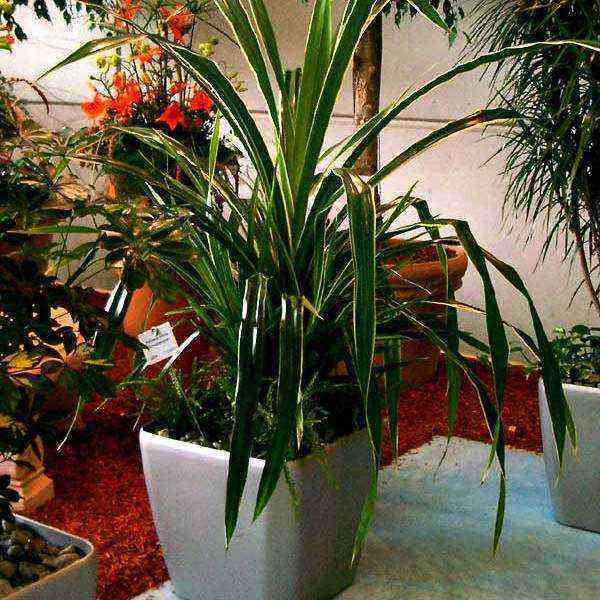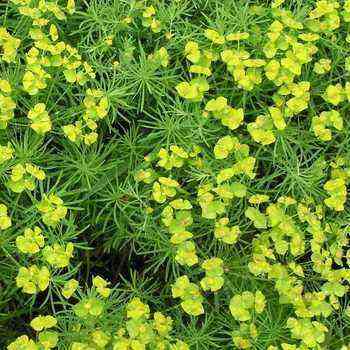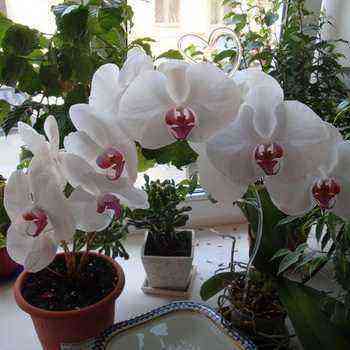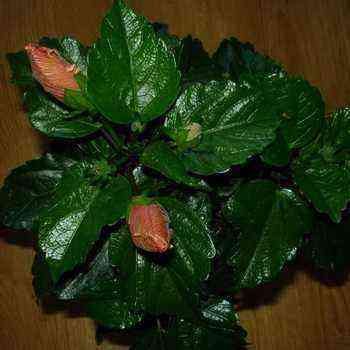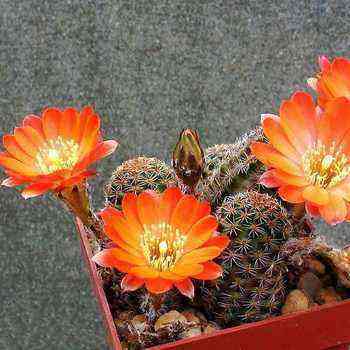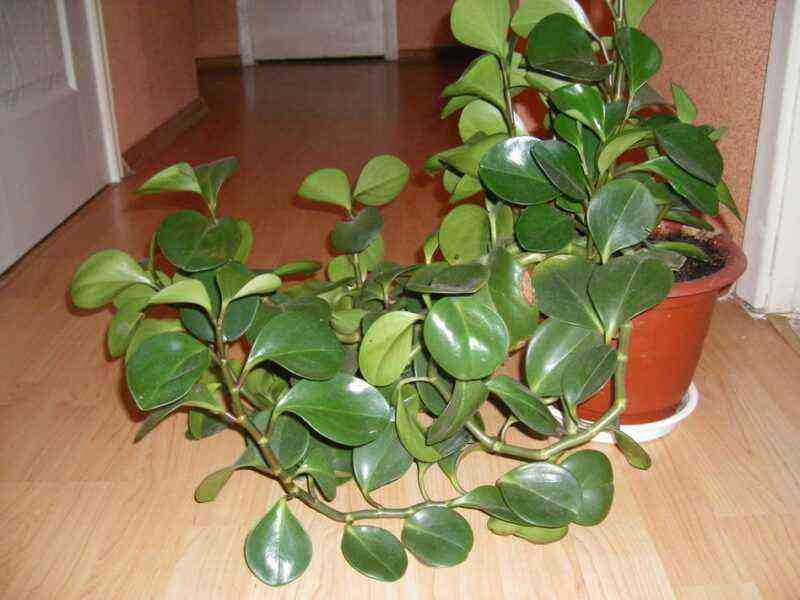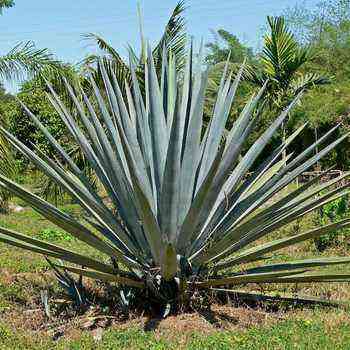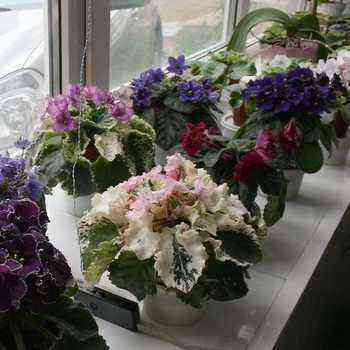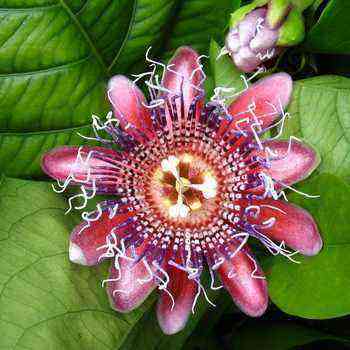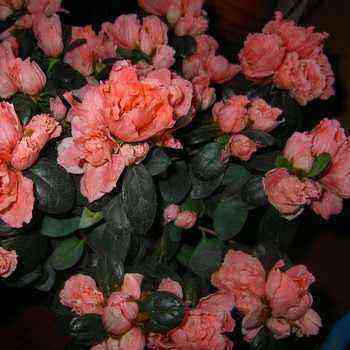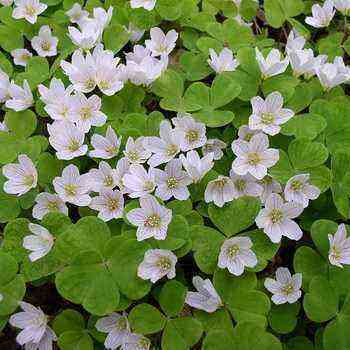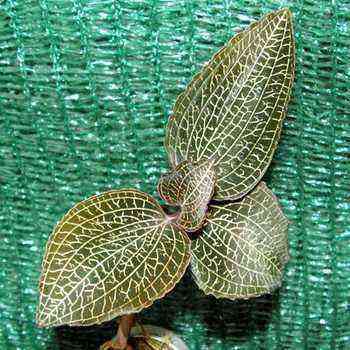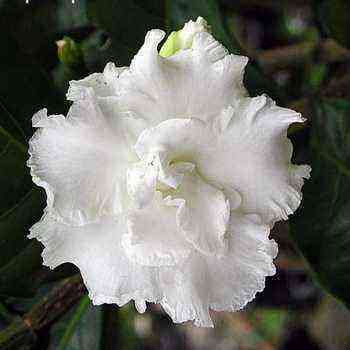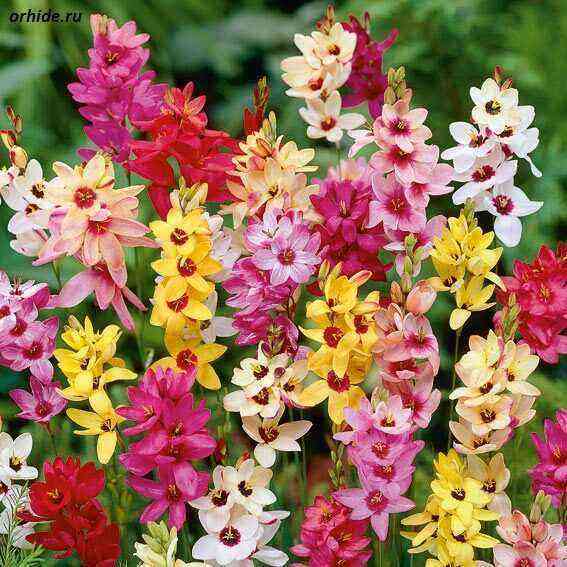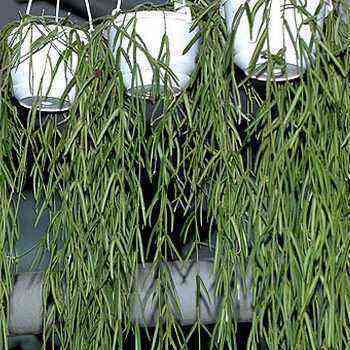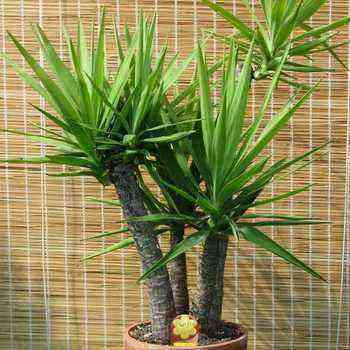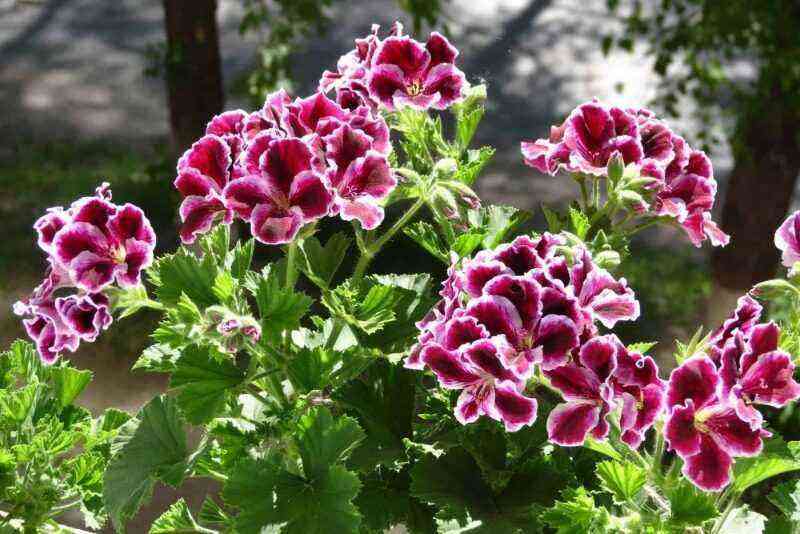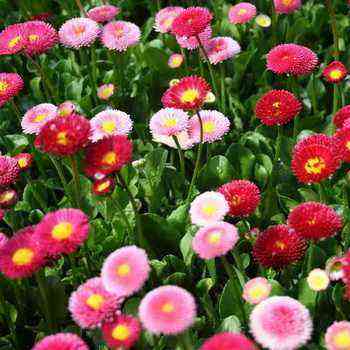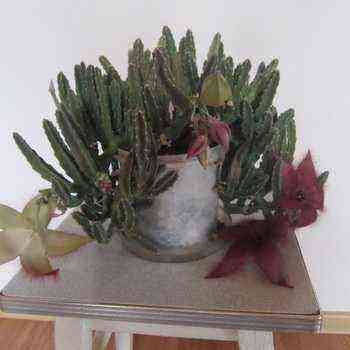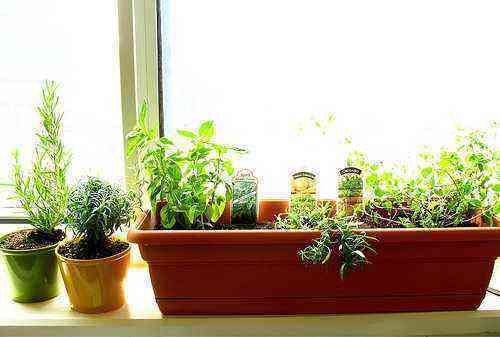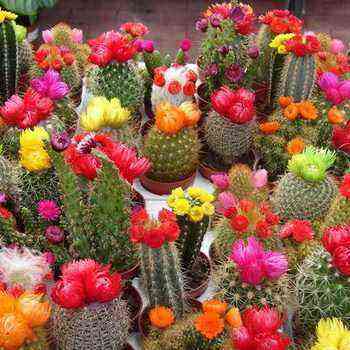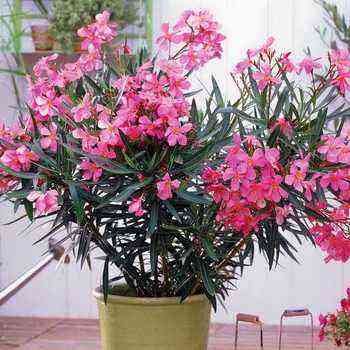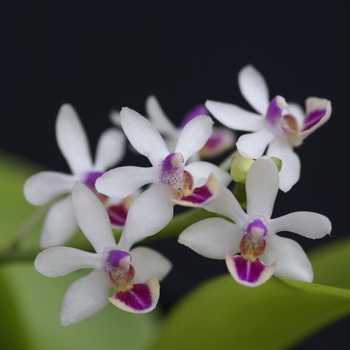 The house phalaenopsis orchid is the most popular and unpretentious plant in the Orchid family. Doritis is a small genus close to Phalaenopsis, characterized by a thinner and more erect peduncle. When caring for phalaenopsis at home, as well as for doritis, you should ensure the optimal temperature regime and the necessary air humidity. You will receive more detailed recommendations on how to care for Phalaenopsis and Doritis orchids, what types and varieties of Phalaenopsis and Doritis are, on this page.
The house phalaenopsis orchid is the most popular and unpretentious plant in the Orchid family. Doritis is a small genus close to Phalaenopsis, characterized by a thinner and more erect peduncle. When caring for phalaenopsis at home, as well as for doritis, you should ensure the optimal temperature regime and the necessary air humidity. You will receive more detailed recommendations on how to care for Phalaenopsis and Doritis orchids, what types and varieties of Phalaenopsis and Doritis are, on this page.
Types of flower phalaenopsis orchid
Phalaenopsis (PHALAENOPSIS) – the most popular and unpretentious orchids in the culture. The genus includes more than 70 species of epiphytic orchids that grow at an altitude of 200-400 m above sea level in tropical forests from Indonesia to Australia (in South and Southeast Asia, the Philippines, New Guinea, Australia).
The phalaenopsis orchid flower is a monopodial plant that grows slowly in height. Of the species in the collections, the most common are Phalaenopsis amabilis, Schiller (Phalaenopsis schilleriana) and Stuart (Phalaenopsis stuartiana). The last two have variegated leaves and white flowers with a red speck. Of particular interest are the selected forms of these species, which have larger and more decorative flowers.
One of the main species of Phalaenopsis orchid used in crossing is Phalaenopsis amabilis, or amabilis (Phalaenopsis amabilis), native to the Malay Archipelago, the Philippines and Australia. Inflorescence is a large (40-70 cm) multi-flowered strongly branched curved raceme bearing 15-20 large white flowers, up to 7,5-10 cm in diameter, which acquire a creamy shade with age.
Phalaenopsis Schiller (Phalaenopsis schilleriana) – the species is similar to the pleasant phalaenopsis, but unlike it has variegated leaves.

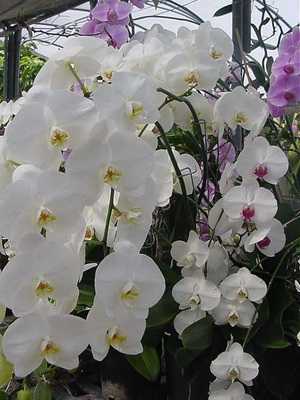
As you can see in the photo of this type of phalaenopsis orchid, the leaves are silvery-gray with dark green spots merging into irregular transverse stripes on top, and reddish below. The species is the ancestor of a huge number of hybrid varieties.
The inflorescence is very large, up to 1,5 m long, branched, multi-flowered (up to 200 flowers). The flowers are slightly smaller than those of the pleasant phalaenopsis (about 7 cm in diameter), light pink, lateral sepals with red dots at the base. Blooms in May and February. The species is grown both in pots and epiphytic.
Phalaenopsis Stewart (Phalenopsis stuartiana) – orchid, originally from about. Mandanao, outwardly similar to Schiller’s phalaenopsis.


Pay attention to the photo of Stewart’s phalaenopsis orchid – the leaves of the plant are variegated, the flowers are almost white with numerous purple specks on the lateral sepals. Blooms from January to March.
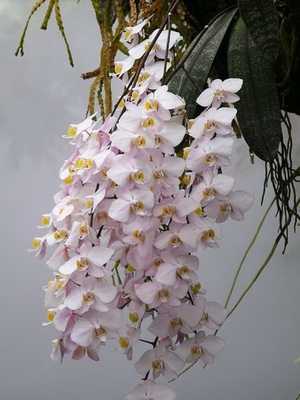
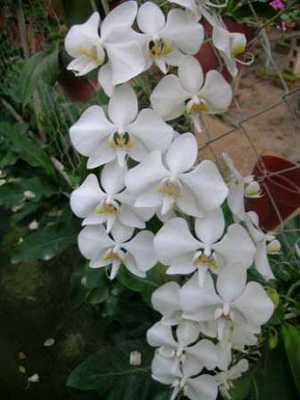
Phalaenopsis Sandera (Phalaenopsis sanderiana) – one of the rarest, most beautiful and expensive phalaenopsis species. Named after the famous orchid lover Sander. The leaves are green, with a variegated pattern. On long, drooping peduncles, up to 50 flowers with a diameter of 5-7 cm are located in opposite rows. Their color is very diverse.
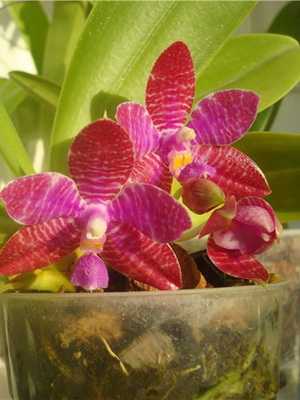
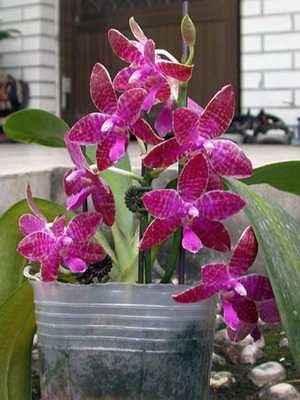
Phalaenopsis Ludeman (Phalaenopsis lueddemanniana) – a miniature species, named after the famous breeder F. Luddeman, originally from the tropical rainforests of the Philippines. The flower is not typical for the genus Phalaenopsis. The plant itself is miniature, and the flower petals are smaller than sepals. Leaves 10-20 cm long, peduncle of equal length with leaves or slightly exceeds them, bears 5-7 small flowers (4-5 cm in diameter). Petals and sepals are variegated. The lip is small, three-lobed. It blooms in spring and early summer.
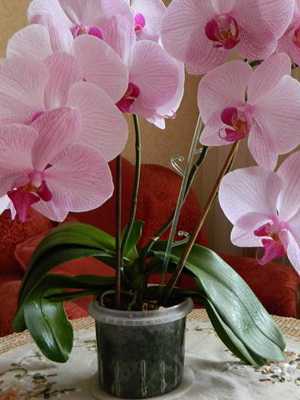
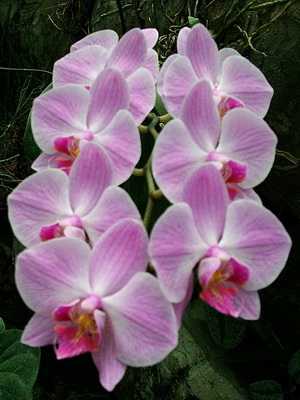
Another miniature species of the genus – Phalaenopsis pink (Phalaenopsis rosea). Dark purple, relatively short (20-30 cm) peduncle bears 10-15 small white-pink flowers about 3 cm across, blooming one after the other.

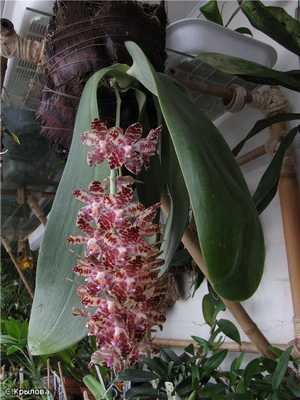
Phalaenopsis giant (Phalenopsis gigantean) – a large orchid, native to the tropical forests of about. Borneo. The leaves are green, up to 50 cm long. The drooping peduncle, 30-40 cm long, bears a spike-shaped multi-flowered inflorescence. The flowers are light yellow with red-brown specks, 4-6 cm in diameter. It blooms in summer.


Phalaenopsis Lowe (Phalaenopsis lowii) – a medium-sized orchid. The inflorescence bears 5-12 flowers, which are formed from July to October. The flowers themselves are pink, up to 5 cm in diameter with a purple column, elongated like a beak. The lip is also purple.
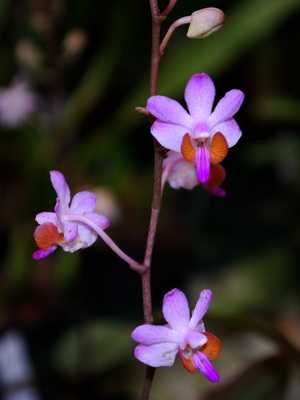
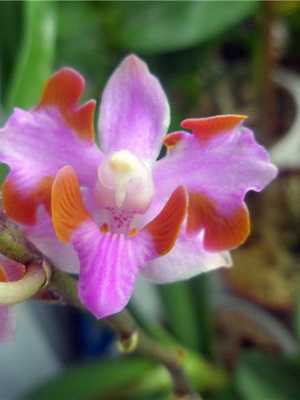
The most important are hybrids with doritis the most beautiful (Doritis pulchemma). It is a small plant that resembles a small phalaenopsis with short, narrow leaves.
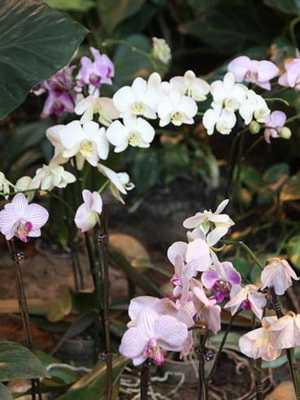
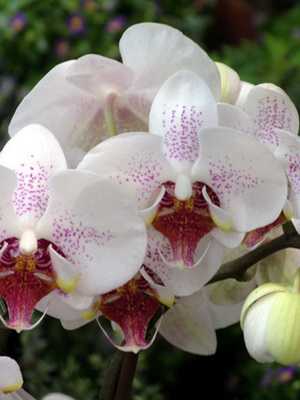
Phalaenopsis hybrid (PHALAENOPSIS HYBRIDUM) – this appellation belongs to a large group of hybrid species, forms and varieties of both natural and artificial origin. Currently, there are thousands of garden hybrids, characterized by abundant long flowering, large flowers (up to 10 cm in diameter), beautiful colors – white, pink, carmine, with bright specks or stripes. For example, an unusually colored two-tone cultivar is known – Phalaenopsis Spanish Dancer ‘Harlequin’, its flowers are not just two-tone, but are divided in half: one half is almost white, the other is lilac.
How to care for the phalaenopsis orchid
When caring for the phalaenopsis orchid, plants can be placed on the east, west windows, even without special greenhouses, in winter gardens and loggias. In summer, at a temperature of + 25 … + 30 ° C, in winter – not lower than + 15 ° C. Lower night temperatures stimulate the formation of flower buds. In winter, on cloudy days, it is advisable to provide additional lighting.
During the growing season in the summer months, daily spraying is recommended. These plants will bloom only when the relative humidity is 50-80%. You can increase the moisture content with a humidifier or place the plant in a tray filled with wet gravel.
Caring for home phalaenopsis orchids during the summer flowering period involves feeding 2-3 times a month, during the flowering period in autumn and winter – 2-3 or 1-2 times a month, but the fertilizer concentration during this period is halved. In the absence of flowering, they are fed once a month, or less often.
Transplantation and reproduction of the phalaenopsis orchid at home
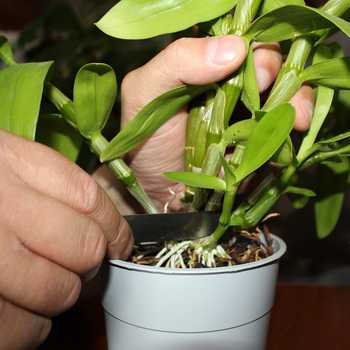 If the container in which the flower grows has become small, and the growth of the orchid has slowed down, this means that it is time to replant it. As a rule, the phalaenopsis orchid is transplanted no more than once every two years; it should be done very carefully and carefully so as not to damage the aerial roots. When transplanting phalaenopsis at home, it is best to cut or break the old container, and place the orchid together with the earthen lump in a new pot, adding fresh substrate.
If the container in which the flower grows has become small, and the growth of the orchid has slowed down, this means that it is time to replant it. As a rule, the phalaenopsis orchid is transplanted no more than once every two years; it should be done very carefully and carefully so as not to damage the aerial roots. When transplanting phalaenopsis at home, it is best to cut or break the old container, and place the orchid together with the earthen lump in a new pot, adding fresh substrate.
To grow the plant, it is best to use clear plastic pots that can be used to make drainage holes. To remove salts, it is necessary to rinse the soil once a month under a stream of warm water for 15-20 minutes.
Cut the faded arrow 1 cm higher than the largest non-prosperous bud: a new peduncle can grow from it.
Reproduction of the phalaenopsis orchid is carried out by dividing an adult plant, which is cut into two parts with a knife so that each has its own roots. Sometimes dormant buds of peduncles develop into children, they are planted after the appearance of their own root system. It is possible to reproduce phalaenopsis at home by seeds; in plants grown from seeds, flowering can begin in 2-3 years.
Doritis orchid flowers
flowers doritis (DORITIS) – close to phalaenopsis small genus of monopodial orchids from tropical regions of Southeast Asia. Doritis differs from phalaenopsis by a thin erect peduncle, hence the name of the genus – dory in Greek means “spear”.
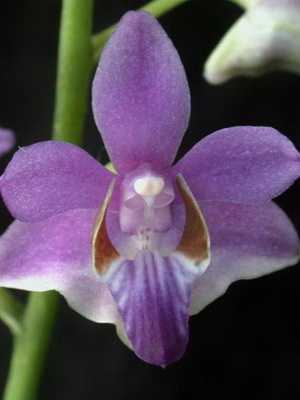
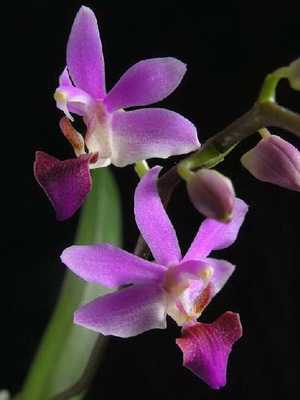
Orchid doritis the most beautiful (Doritis pulcherrima) can grow as an epiphytic, lithophytic or terrestrial plant. Flowers appear on a rigid, erect peduncle. The flowers reach 2,5-5 cm in diameter, the color varies from light pink to dark purple. It blooms in summer, some flowering specimens can be found in winter and spring.
Doritis prefer warm, humid conditions. Best grown in porous pots with good drainage.

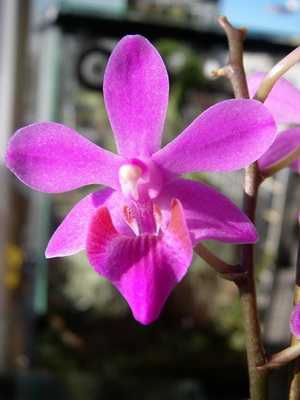
A hybrid orchid obtained from crossing Phalaenopsis and Doritis (Doritis x Phalaenopsis) – Doritaenopsis. The first hybrid between these genera (Doritaenopsis Asahi) was obtained in 1923 by crossing Doritis pulcherrima x Phalaenopsis equestris.
This is an orchid with large, variably colored flowers, collected in long inflorescences. It blooms in late summer, autumn and winter, and is resistant when cut.
They are ideal orchids for hobbyist culture. They are placed in a moderately bright place without direct sunlight. The optimum temperature is +20 ° С all year round. Watering throughout the year is uniform, moderate, the soil should be slightly moist at all times. Top dressing is carried out every 3 weeks. Spraying must be carried out daily, since any orchid requires high humidity. Transplanted every 2 years after flowering.

